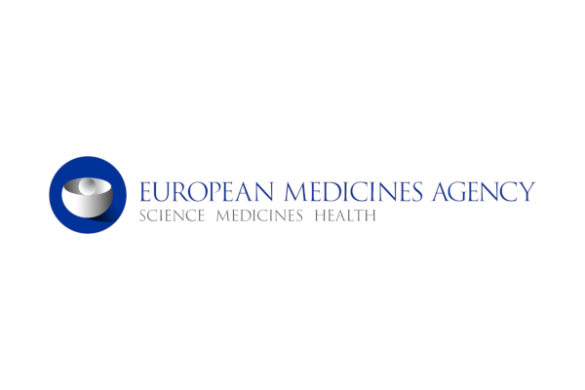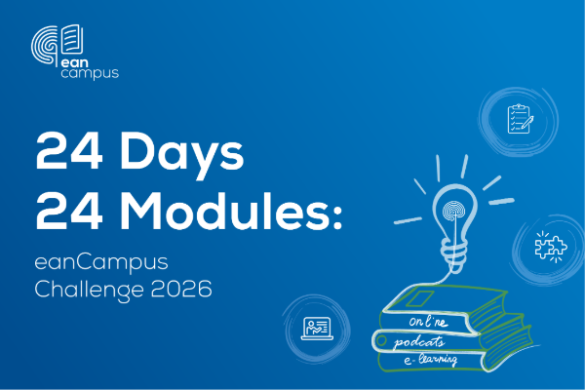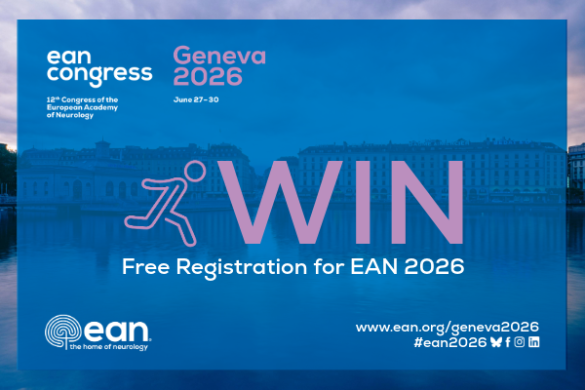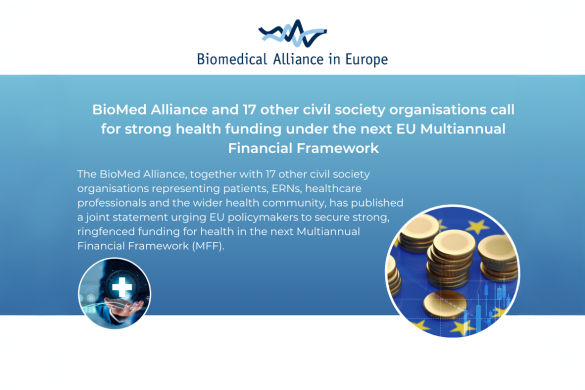Jose Ferro, MD
A new guideline on cerebral venous thrombosis (CVT) diagnosis and treatment issued by the European Stroke Organization (ESO) and endorsed by the European Academy of Neurology (EAN) was recently published in ESO (long version) and EAN (abbreviated version) official journals [1, 2]. Instead of the traditional methodology of combining review of scientific evidence with expert opinion, this new CVT guideline followed the Grading of Recommendations, Assessment, Development and Evaluation system (GRADE) [3]. The GRADE system increases objectivity, decreases bias and makes the rating of recommendations much simpler and clear. The guideline addresses both diagnostic and therapeutic clinical questions. Diagnostic recommendations are based on the impact of diagnostic procedures on patient’s outcome (e.g. death or disability, recurrence) and not on process indicators (e.g. detailed etiologic diagnosis). This patient centered methodologic approach explains why prothrombotic and cancer screening are not recommended as a routine.
What are the hallmarks of the therapeutic recommendations? The most relevant and robust recommendations state that 1) all acute CVT patients should be anticoagulated parentally, preferably with low molecular weight heparin (LMWH); 2) patient with large hemisphere lesions with impending herniation should be offered decompressive surgery; 3) seizure prophylaxis with anticonvulsants is indicated in patients who experience an acute symptomatic seizure and have a venous infarct or hemorrhage. Non-vitamin K anticoagulant are not recommended, particularly in the acute phase, because of the limited experience and unknown safety. No recommendations could be made regarding acute endovascular treatment, because of the very low quality of available evidence, pending the publication of the final results of the TO-ACT trial which was prematurely terminated for futility this year.
The last section of the guidelines comprises recommendations on clinical questions which are of particular relevance for female patients in fertile age. Pregnancy is not contraindicated after CVT and sc. LMWH is suggested during pregnancy to prevent recurrent venous thrombotic events.
This guideline has several limitations, mainly related to the low quality of available scientific evidence. There are almost no studies on the impact of ordering a diagnostic test on patient outcome. There are few randomized controlled trials performed in CVT patients. Most of the evidence had to be derived from observational studies, whose bias to evaluate the efficacy of interventions is well known.
Multicenter academic collaboration is a key element to improve our knowledge of CVT. In the next few years results from ongoing observational studies and treatment trials on acute endovascular treatment, direct oral anticoagulants, decompressive surgery, and duration of oral anticoagulation will increase the level of evidence that currently supports the management of CVT.
References
- Ferro JM, Bousser M-G, Canhão P, Coutinho JM, Crassard I, Dentali F, di Minno M, Maino A, Martinelli I, Masuhr F, Aguiar de Sousa B, Stam J, for the European Stroke Organization. European Stroke Organization guideline for the diagnosis and treatment of cerebral venous thrombosis – endorsed by the European Academy of Neurology. European Journal of Neurology Eur J Neurol. 2017 Aug 20. doi: 10.1111/ene.13381.
- Ferro JM, Bousser M-G, Canhão P, Coutinho JM, Crassard I, Dentali F, di Minno M, Maino A, Martinelli I, Masuhr F, Aguiar de Sousa B, Stam J, for the European Stroke Organization. European Stroke Organization guideline for the diagnosis and treatment of cerebral venous thrombosis – endorsed by the European Academy of Neurology. European Stroke Journal 2017; DOI: 10.1177/2396987317719364.
- Grading of Recommendations Assessment, Development, and Evaluation (GRADE) system.
http://www.guidelinedevelopment.org/handbook/ (accessed 1/9/2017)
Have your read the latest European Journal of Neurology CME article? Test your knowledge with 5 related Multiple Chioce Questions here.











